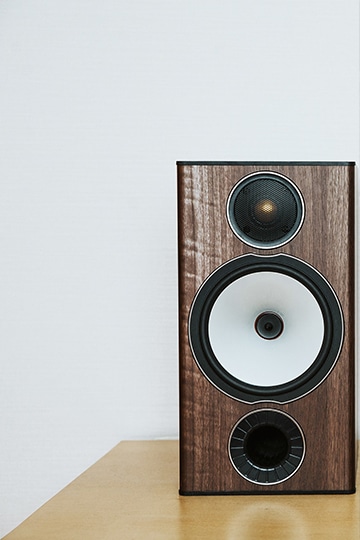
Should you break in your speakers?
Speaker break-in is the belief that the movable parts (the components that produce sound) of speakers and headphones arrive new and stiff from the factory, making them rigid. It’s only after continuous use that they relax and reach their maximum performance. The period of time required for these components to reach their intended state is known as the speaker break-in period, and some high-end manufacturers may even quote recommended break-in periods for their speakers.
Following this idea, it means that those brand-new speakers or headphones you’ve only started using yesterday are just at the beginning of their true potential, and to hear them at their full potential, you should break them in with an appropriate signal for hours.
Breaking in speakers: fact or fiction?
If you start searching audio forums (especially headphone forums), you’ll find countless anecdotes that follow the same process: a new set of headphones sounded cold, but after playing white noise/pink noise or an album of your choice for x hours, they opened up/sounded warmer, or produced tighter and more accurate bass.
But is breaking in your speakers really worth the time? Many speaker manufacturers recommend it. And many high-end speaker manufacturers break in their speakers before offering them on the market, in the factory.
What changes can you expect after breaking in your speakers?
First, let’s look at what happens to the speakers during their initial use. The spiders attached to the back of the cone are usually made of shaped fabric impregnated with resin. When the spiders move for the first time, the epoxy cracks and becomes flexible. The idea is that the epoxy takes time to develop without effort, and the sound suffers until that happens. This also applies to surround speakers or home cinema speakers.
If the headphones are just small speakers with headbands, headphone break-in applies as well.
Indeed, as noted by Bryan, Shure has measured the drivers in their E1 in-ear monitor since its launch in 1997, and the results show that the sound signature of their test pairs has not changed in nearly 20 years of continuous examination since their first release from the production line.